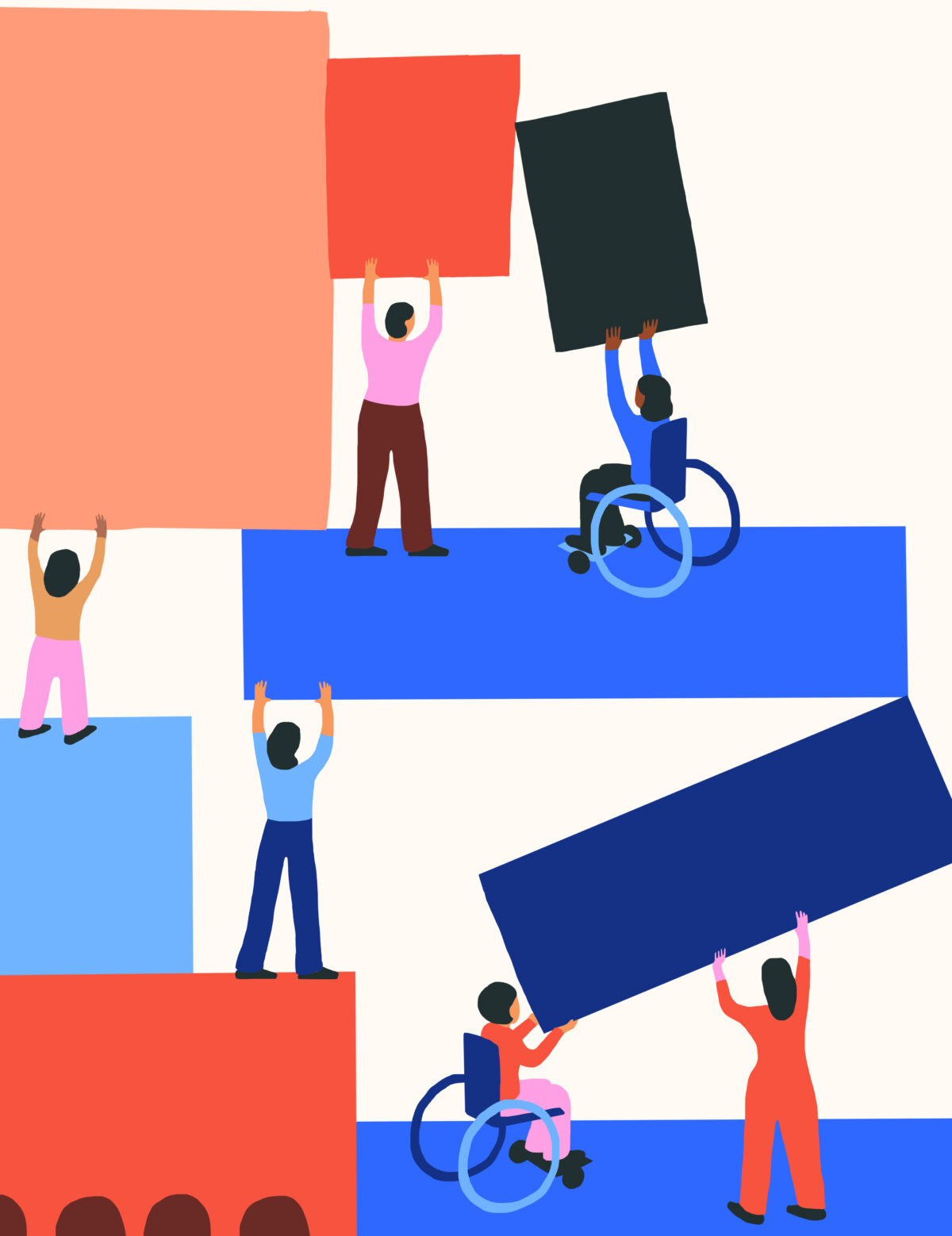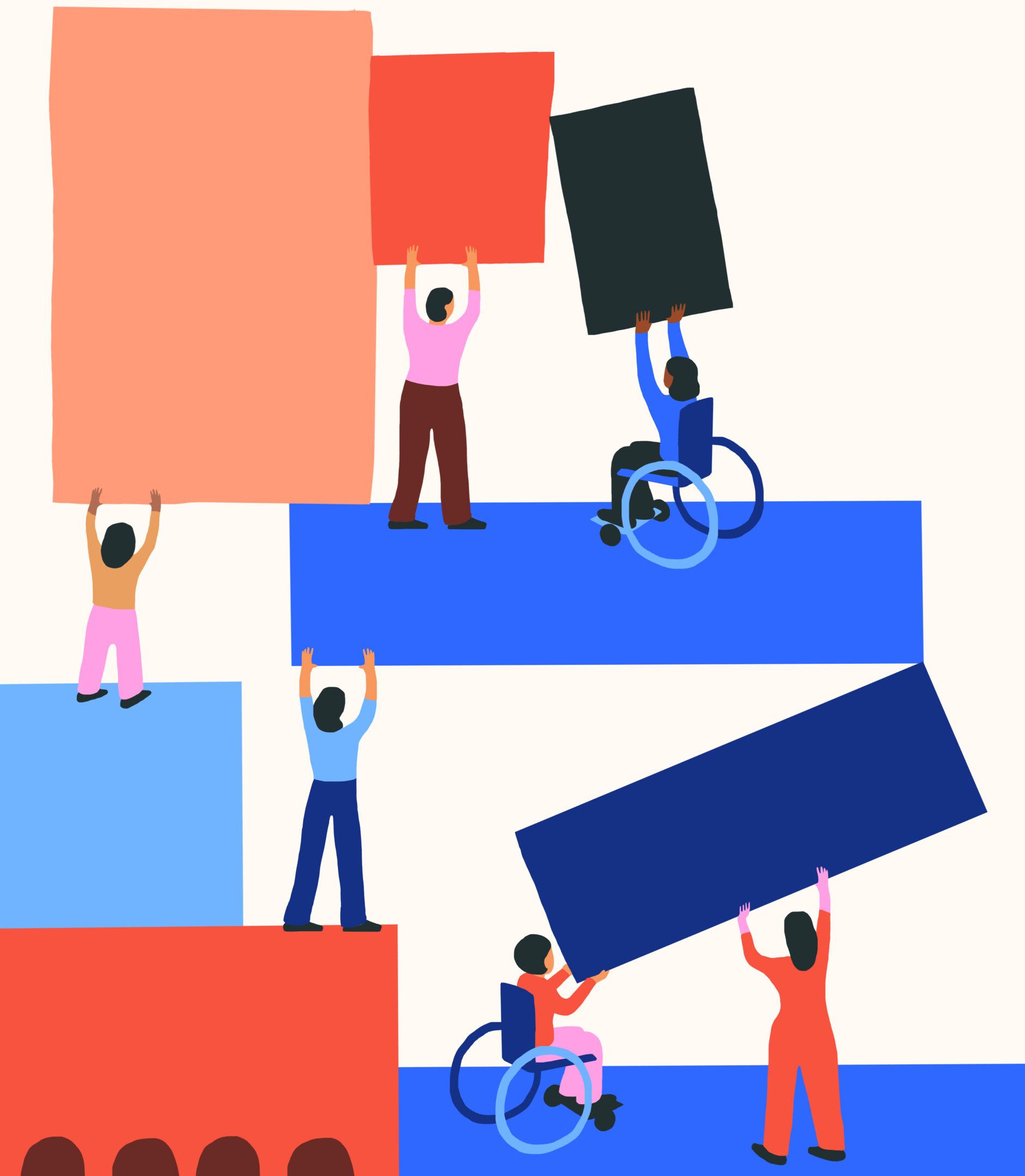This resource will walk you step-by-step through hosting effective, meaningful, and inclusive community workshops. Engaging with people whose profiles share similarities with your intended future residents and incorporating their insights into the community is critical to the success of your future housing project. This means disability-forward housing organizations, and really all housing organizations should create accessible, inclusive spaces where people with disabilities can participate and contribute to the design and development process.
The Kelsey proudly released a comprehensive set of over 300 design elements in the Inclusive Design Standards. There are several elements that relate directly to workshops, community-building, and embedding inclusion from the earliest stages of development, including mandating focus groups, educating on inclusive design, and having people with disabilities represented on your design team. This article will help you plan and execute your own community workshops, keeping in mind a wide array of access needs while offering tips and best practices that ensure your efforts will be anchored in inclusion.
Workshop Types
Community workshops are a great way to practice meaningful engagement with the future residents and neighbors of your housing community. These workshops can yield useful feedback and highlight key considerations to keep in mind in your development. One of the central goals is to build valuable buy-in from future neighbors, community leaders, and disability advocates.
There are different kinds of community workshops you may include within your housing development process. Knowing which kind of workshop you are preparing and the specific audiences and goals for that workshop is important. They vary and all can be useful at different times and based on different development needs.
In all workshop types, it’s important to be clear about the type of feedback you need. Be clear on non-negotiables that cannot be changed within your development (For example: “There will be X number of units and they are limited to this size based on our site and location.”) versus changeable things participants can influence (For example: “We’re hosting this workshop to get insights around what to put in the 4 amenity spaces within the building.”)
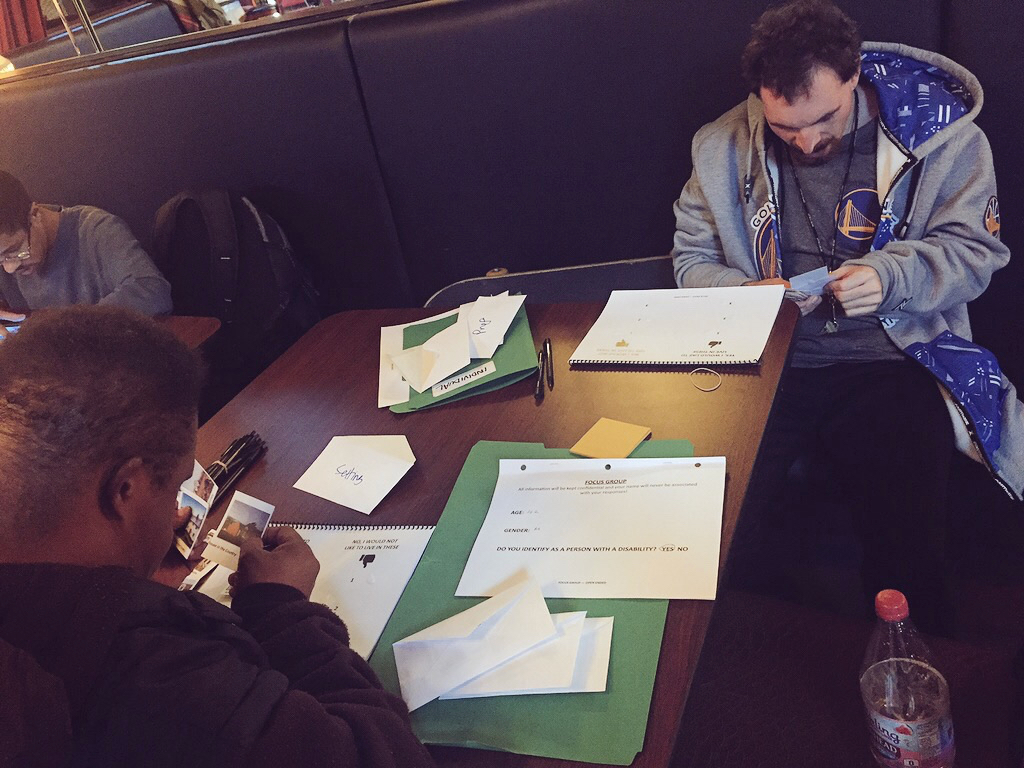
Focus Groups are one-time workshops that help work through specific design or operation questions and ask people for feedback, ideas, recommendations, or responses that help define different design choices. The audience for focus groups can be for a large or diverse group representing the full spectrum of future residents or wider community. Other times you may have a focus group with a specific subset to think about a design element or operations question that you have. This more specific audience is made up of community members with specific experience or interest in the particular design feature being covered. The goal of these workshops is to gather valuable data that guides the development of your project. Participants should have a specific scope of what you’re requesting-feedback, guidance, or preferences around.
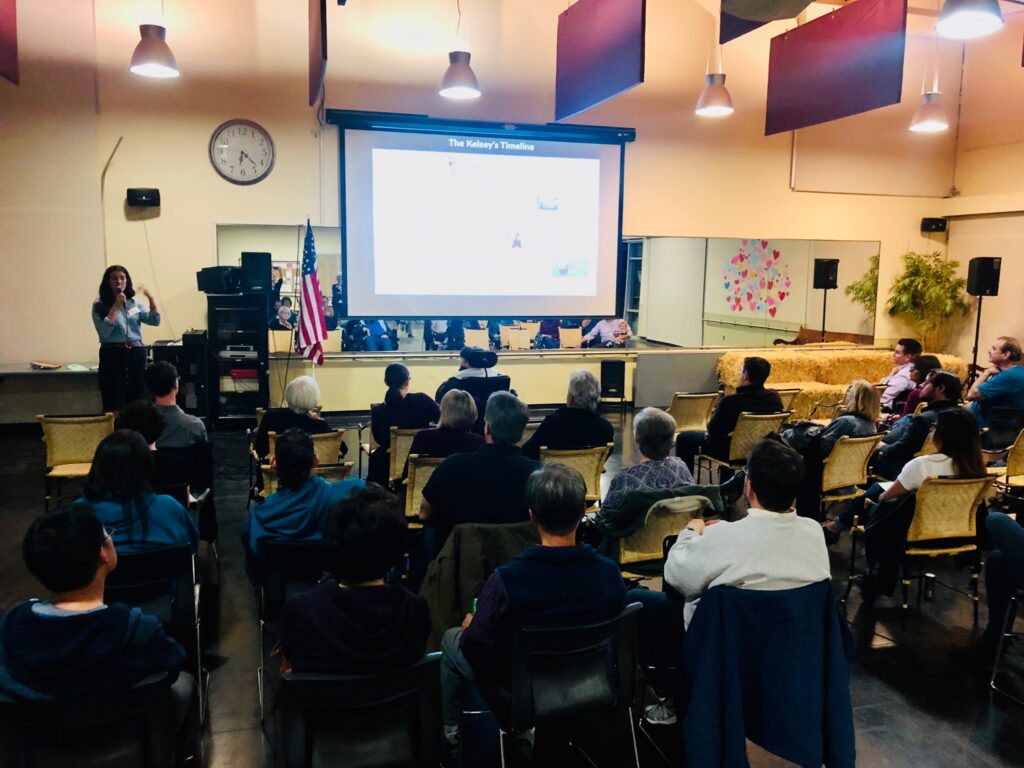
Community Outreach workshops help educate the community about your mission, values and vision of your housing project. These workshops also allow you to share the latest project updates on what is being created and why. The audience should be general and representative of the diversity and lived experiences of your desired tenant mix, as well as future neighbors and community members . The goal of these workshops is typically not to ask feedback but rather to share your plans, gain local champions, and increase transparency about your housing development efforts. Sometimes these community outreach events are a required step in your entitlement process.
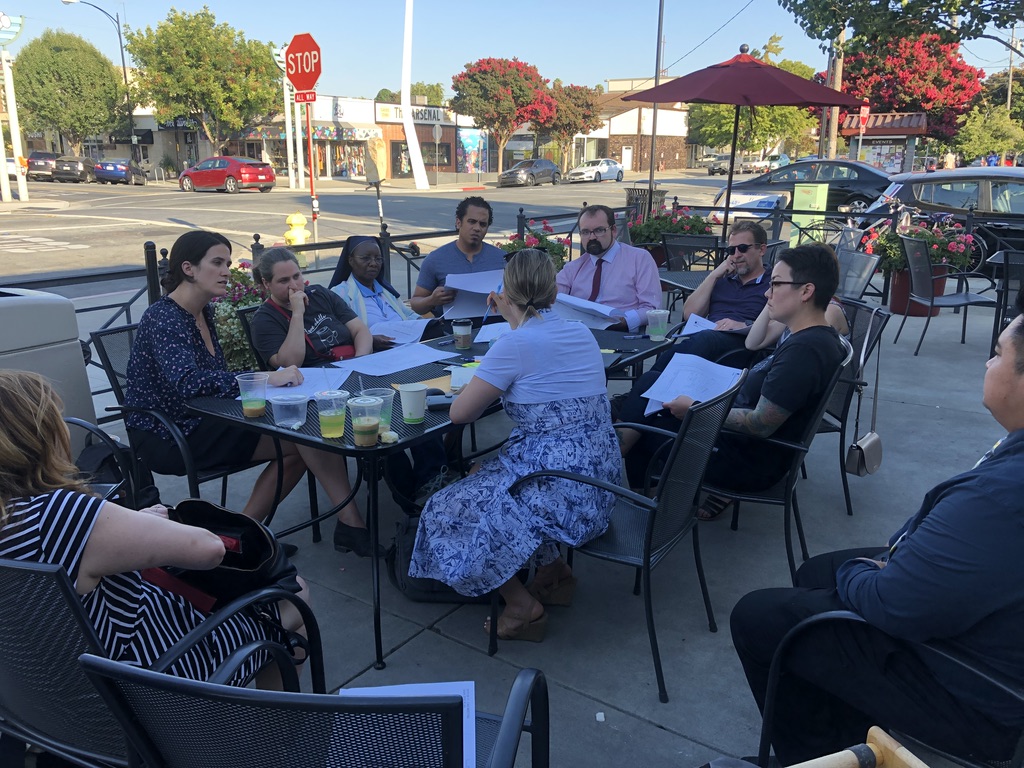
Community Advisory Groups meet regularly in an ongoing capacity and serve as an advisory body and sounding board for your housing project. This team of advocates can provide opinions and perspectives throughout all phases of development, from concept to ground-breaking to becoming operational and starting to accept residents. Members should include a mix of individuals who reflect future tenant profiles, neighborhood representatives, and other relevant community and city-wide partners The goal of the Community Advisory Group is to bring together a diverse cross-section of stakeholders that can directly impact the planning and design process. This group has three primary goals: serve as advisors who provide feedback on building design, development process, programming, operations; serve as connectors who link housing projects with key local partners, neighborhood leaders, community groups, and agencies in order to respectfully integrate into the neighborhood, and to be champions who support this project with community partners and at local hearings, and who seek out other opportunities to advance more affordable, accessible and inclusive housing.
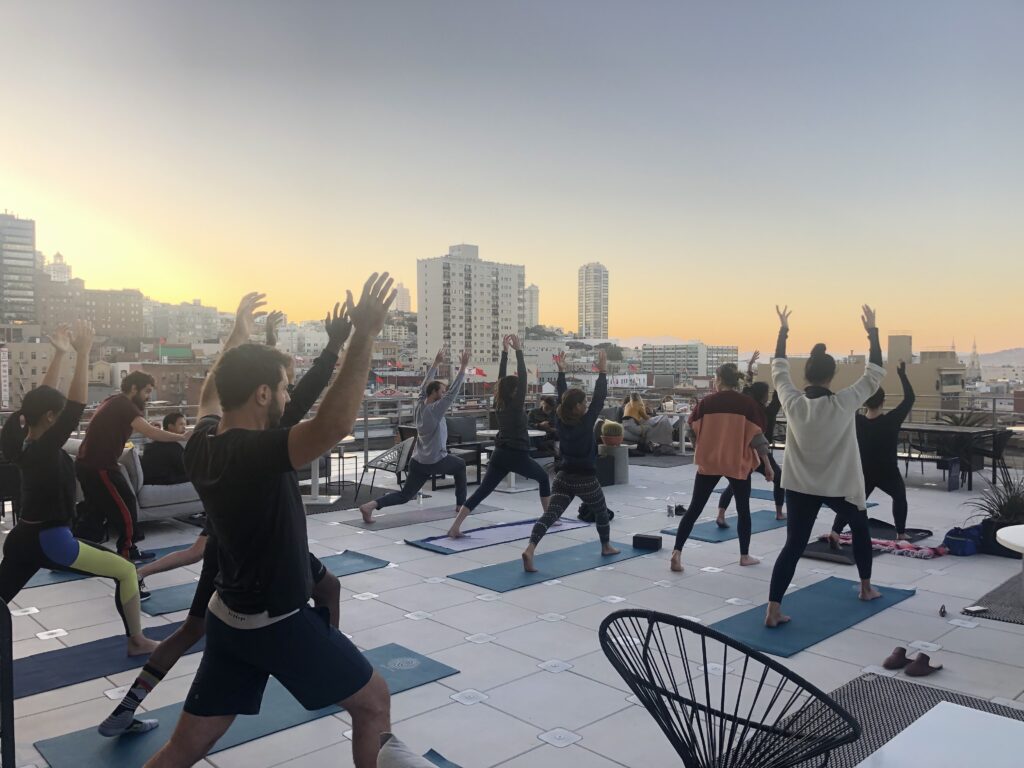
Inclusive Community Events are events hosted separate from workshops that are meant to connect and build the community around your housing development. Examples could be anything from fireside chats with local government officials to a book talk with a disabled author, movie screenings to rooftop yoga. Your Community Advisory Group, existing partners, or others in the community you aim to serve can be great partners on defining, designing, and implementing these kinds of events. The audience for these are community members, future neighbors and future residents. While less structured than any workshop type listed above, these events can still support and align with the overall goals of your housing project, provide useful insight, and help identify important new community members.
Invites
Inclusive community workshops can not only engage the local community, but also serve as an introduction to how your organization’s work, vision and values align with the proposed community. Vital to the success of your workshop is who you invite and how you engage and support their participation.
Who to Invite
The invite list should be a reflection of the ideal future tenant mix and reach out into the neighborhood and community where you are building. If you have a specific target population within your development, that target population should be engaged in the process. Additionally, invitees will likely have a finger on the pulse of local upcoming projects as well as opinions on whose buy-in is need-to-have versus nice-to-have.
How to Invite
Whether you intend to serve people with disabilities, veterans, young families, or seniors, it is crucial to get to know and build trust with organizations that serve your target population in your local community. It is particularly critical that you include organizations that are peer-led or run by the community members whom they aim to serve. Local organizations can be a viable source of relevant leaders, advocates, and individuals to add to the invite list. They can refer invitees to your workshop and suggest potential Community Advisory Group members. Set up one-on-one meetings with these organizations in advance of your community workshop to build those relationships and begin making connections.
Affirmative marketing is an essential tool in the federal government’s initiatives to provide affordable housing in cities across the country. This involves being thoughtful about building relationships and conducting outreach to people who are most impacted by the housing crisis in the local area you are building. Most often such individuals belong to multiple marginalized groups. and who is and who is not at the table. For example, some organizations may mostly serve white and higher-income people, which we know is not the only or primary population of residents you will be housing. Outreach should force you outside the normal range of communities you serve.
Keep in mind the accessibility of your invites, mode of delivery, and broad visibility throughout the community. You should also think about language access. Is English the primary language spoken in your future project’s community? If not, you should consider whether translations will be needed. Bilingual invitations are another way to increase accessibility.
Honorarium & Stipends
Historically, people with disabilities along with other marginalized groups, have not been compensated for their time, participation, or insights. This only exacerbates the poverty that many disabled people experience disproportionately. To undo this misguided norm, it is imperative to always compensate community members for their participation and insights. Regardless of the workshop type or intended audience, participants should be offered compensation. It is wrongfully assumed that marginalized community members do not need to be paid for their work.
These community members have valuable recommendations, opinions and feedback and deserve to be compensated. Workshop participants should be valued and acknowledged for their labor. This payment can be called an honorarium, a stipend, or some form of compensation. Compensating community members does not have to break your project’s budget. A small honorarium of $50 per event shows your gratitude and appreciation. Also, compensation does not only have to be monetary-things like providing food, covering transit costs or offering no-cost childcare can also be valuable options.
Accessibility of Process and Materials
When guests register for your workshop, always allow space for people to share access needs and a member of your team to contact for extra help. In designing your workshops, you should work to meet broad, cross-disability access needs as well as make space available to share specific personal access needs. Both the process of your workshops and any materials used should be designed with accessibility in mind. You may not always get accessibility exactly right, but creating space before and during your workshops where people can name access needs and where you can adjust your process to better include all people is essential. Here are some general access areas to focus on and design for:
Virtual Meeting Access
Virtual meeting options, using platforms like Zoom or Google Hangouts, can be more accessible, comfortable and convenient for participants. Additionally, many virtual meeting platforms come with captioning options for people with hearing access needs. As you do these kinds of workshops, it’s important to support access in these virtual settings including:
- Enable captioning, without being asked
- While in the planning phase, always ask what would be preferable, virtual or in-person workshop, and let the participant preferences guide you
Here are some resources on Virtual Meeting Accessibility from Rooted In Rights and a training from LaVant Consulting.
Using Communication Supports
Not everyone who attends your workshops will use the same kind of verbal communication; visual tools ensure everyone can share and participate. Given that housing is often visual or physical, using images to help people make choices or share their preferences is helpful. This could include:
- Image Choices: using images where participants either circle their preferred options or place images on a board of their preferences. These can be used for design options (colors, layouts, greenery) as well as more qualitative choices (like, do you like to do this alone, in a group, or with one other person)
- Picture Prompts: using images or symbols to accompany words can both be used for choices, but also in instructions, presentation slides, or other workshop materials. Good resources or ideas on this can be borrowed from strategies in Picture Exchange Communications Systems (PECS)
- Dot Voting: for group activities where people can make choices about their preferences together by using stickers to place on designs, elements, or choices they prefer
- Brainstorm Boards: give people a blank page or a page with some prompts and allow them to write, draw, or collage their ideas and preferences
Use Image Descriptions
A way to increase accessibility for low or no vision access needs is to verbally describe surroundings, including pictures, backgrounds, and people. This extra step can make people with vision-related disabilities feel included and valued.
- Instruct speakers to give brief verbal descriptions of themselves as a part of introductions
- Describe any major renderings or visual materials throughout the workshop
Plain Language
This is a clear, straightforward expression, using only as many words as necessary. Plain language avoids obscurity, inflated vocabulary, and convoluted sentence construction. The broader goal of Plain Language is to prevent people with cognitive disabilities from feeling left out, overlooked, or otherwise confused. Using plain language is the ultimate tool in broadening accessibility for your audience.
To learn more about plain language and catering to cognitive access needs, check out these resources from the Autism Self-Advocacy Network, the Self-Advocacy Resource and Technical Assistance Center and the Center for Plain Language Templates, Tools and Training.
Working with Support Staff, Family, and Volunteers
Sometimes people will bring their own support staff, family member, or partner to participate in a workshop with them. This can help people participate more fully. Be aware of partnering with support providers and family members to ensure the individual themselves is having their voice and perspective heard authentically. Sometimes family members or support staff are invited to a workshop themselves, to share their own insights as valuable to the community you are building. Other times they are there more as supporting an individual to share their personal preferences. Be clear and respectful about what role these individuals are contributing to your process.
You can also provide your own volunteers. These could include people to read image descriptions, capture notes for participants, facilitate discussions, host a breakout (virtual or live), or otherwise support the workshop process. Having a few extra volunteers can be helpful in making the process more accessible and inclusive.
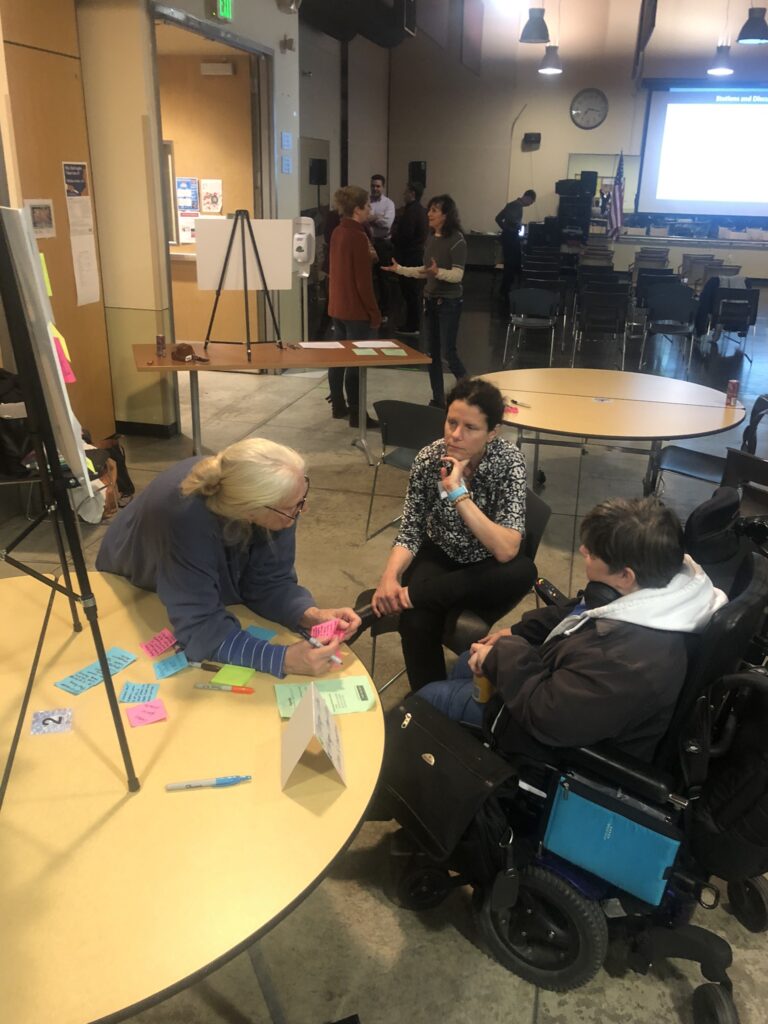
Recap
Now, you have the basics of hosting an inclusive community workshop for your housing development. All people and communities are different, so adjust these guidelines and build flexibility into your process. There are likely local self-advocacy and disability service organizations that can be a resource during this process, and even partner with you in your workshop and development efforts. You can also check out the Inclusive Design Standards for some design choices you might want to workshop with your community.
As you begin your work, take these five tips of actionable ways you can support accessibility and inclusion in your outreach and design process as you host workshops:
- Base your invite list on your desired future residents mix. Make sure your workshops represent the lived experiences of the people you aim to house.
- Always have a clear and straightforward agenda with stated goals; share in advance, know what kind of workshop you’re hosting and structure your invite and agenda to align with those goals.
- Be clear and transparent on what you are asking for feedback on and what people can change or influence in your project. Don’t solicit feedback about things you can’t change or something that is already set — this isn’t helpful in your process and is frustrating for participants.
- Provide alternative ways to communicate through your process, accessible materials for diverse access needs, and always index for more inclusivity. Sometimes there are competing or differing access needs, and be honest about when that may be the case.
- Name access needs in advance and create a space where needs are both met and people feel comfortable naming when their access needs are not being supported.
